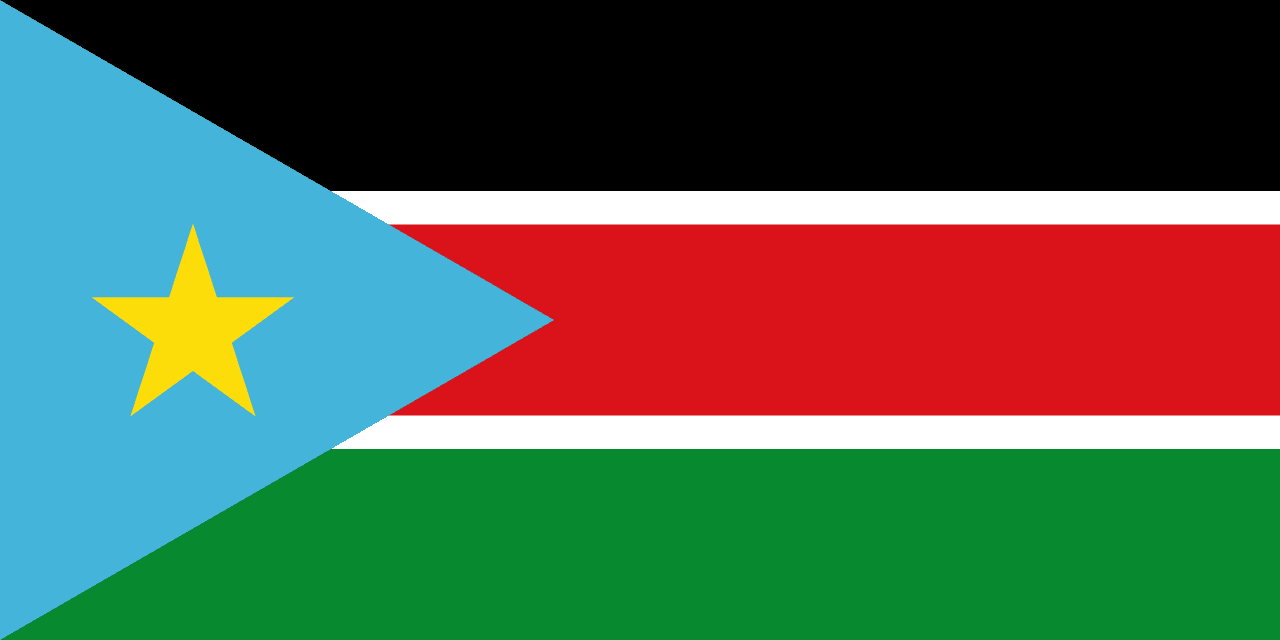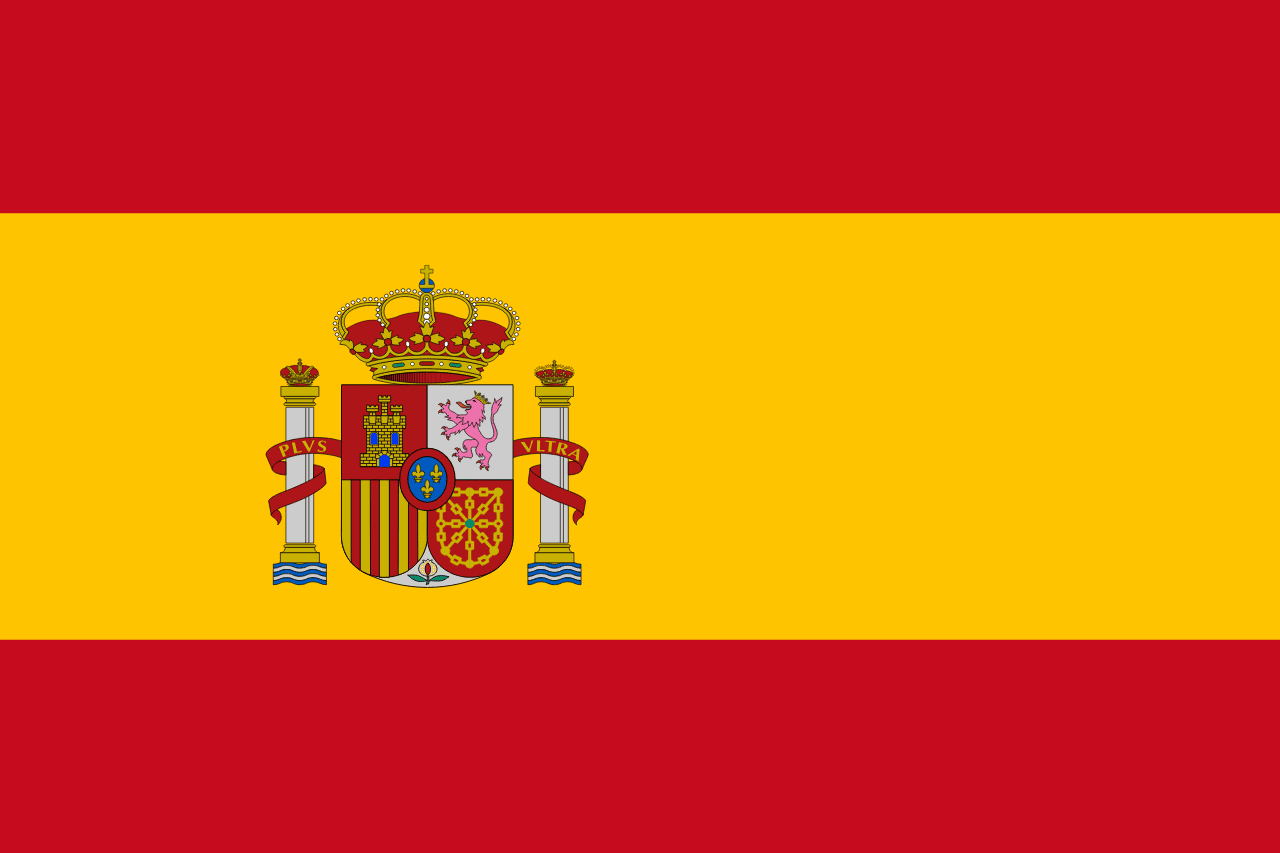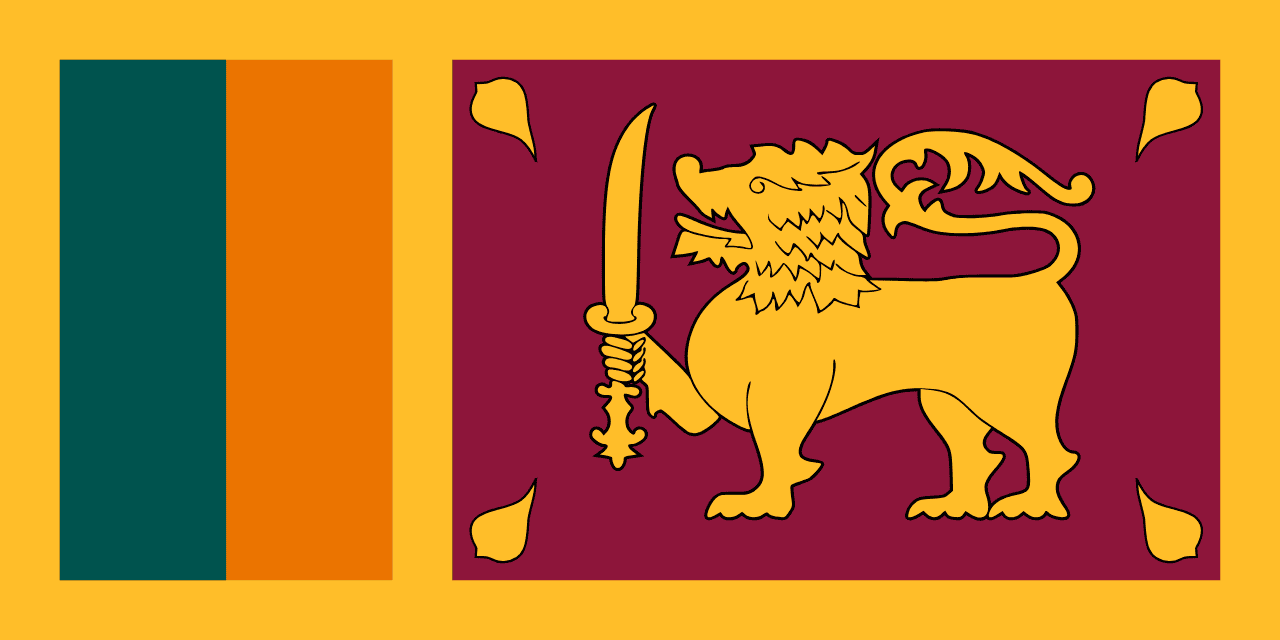The flag of South Korea, officially known as the Taegukgi (태극기), features a white rectangular background with a red and blue Taegeuk (태극) symbol in the center, surrounded by four black trigrams. This iconic design embodies deep philosophical and cultural significance, representing the harmony and balance central to Korean thought.
South Korea information
| National Flag Day | — |
| Sovereign state | Yes |
| Official name | Republic of Korea |
| Capital | Seoul |
| Population | 51,811,167 |
| Area | 100,363 km² |
| Currency | South Korean won (KRW) |
| Language | Korean |
| Continent | Asia |
| Region | East Asia |
| Subregion | — |
| Borders | North Korea, China |
| Timezone | Korea Standard Time (KST) UTC+9 |
| Calling code | +82 |
| Top-level domain | .kr |
History of the South Korean flag
 The Taegukgi was first adopted on January 27, 1883, during the late Joseon Dynasty. It was designed by philosopher and diplomat Park Yeong-hyo under the supervision of King Gojong. The flag has remained largely unchanged since its inception, though it was temporarily banned during the Japanese occupation of Korea (1910-1945). It was readopted as the national flag of South Korea upon the country's independence in 1948.
The Taegukgi was first adopted on January 27, 1883, during the late Joseon Dynasty. It was designed by philosopher and diplomat Park Yeong-hyo under the supervision of King Gojong. The flag has remained largely unchanged since its inception, though it was temporarily banned during the Japanese occupation of Korea (1910-1945). It was readopted as the national flag of South Korea upon the country's independence in 1948.
Symbolism and design of the South Korean flag
Each element of the Taegukgi carries profound symbolism rooted in ancient East Asian philosophy:
- The white background represents peace and purity, reflecting the Korean people's love for peace and their pure spirit.
- The central red and blue Taegeuk symbol represents the balance of cosmic forces. The red half symbolizes "yang" (positive cosmic forces), while the blue half symbolizes "yin" (negative cosmic forces).
- The four black trigrams surrounding the Taegeuk are derived from the I Ching (Book of Changes):
- ☰ (Geon): Heaven, spring, east, humanity
- ☷ (Gon): Earth, summer, west, justice
- ☲ (Li): Fire, autumn, south, courtesy
- ☵ (Gam): Water, winter, north, intelligence
Usage and significance of the South Korean flag
 The Taegukgi is a powerful symbol of Korean identity and national pride. It is prominently displayed on government buildings, schools, and during national celebrations such as National Liberation Day on August 15. The flag represents South Korea in international forums and sporting events, symbolizing the country's rich cultural heritage and its commitment to harmony and progress.
The Taegukgi is a powerful symbol of Korean identity and national pride. It is prominently displayed on government buildings, schools, and during national celebrations such as National Liberation Day on August 15. The flag represents South Korea in international forums and sporting events, symbolizing the country's rich cultural heritage and its commitment to harmony and progress.
Interesting facts about the South Korean flag
- The Taegeuk symbol on the flag is similar to the yin-yang symbol but uses red and blue instead of black and white.
- The flag's design has inspired other aspects of Korean culture, including the roundel used by the South Korean air force.
- During the Japanese occupation, Koreans would secretly display the Taegukgi as a symbol of resistance and hope for independence.
- The exact dimensions and colors of the flag are precisely defined by law to ensure consistency in its representation.





